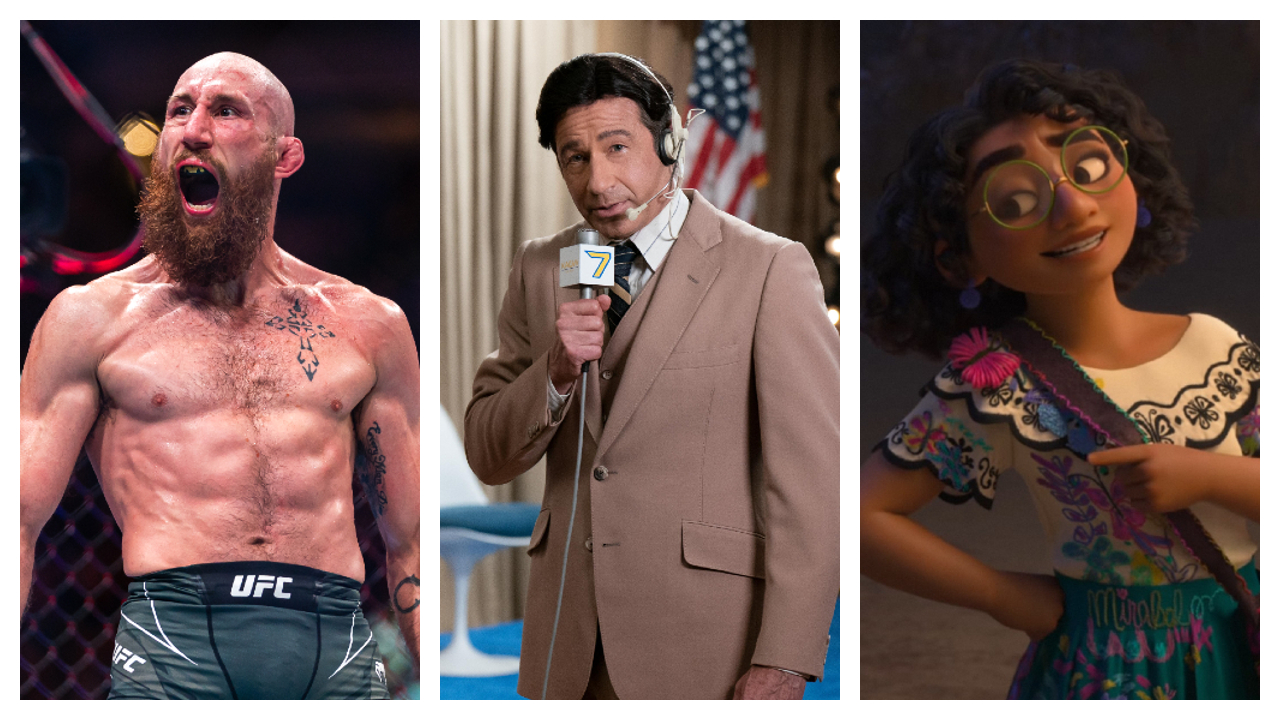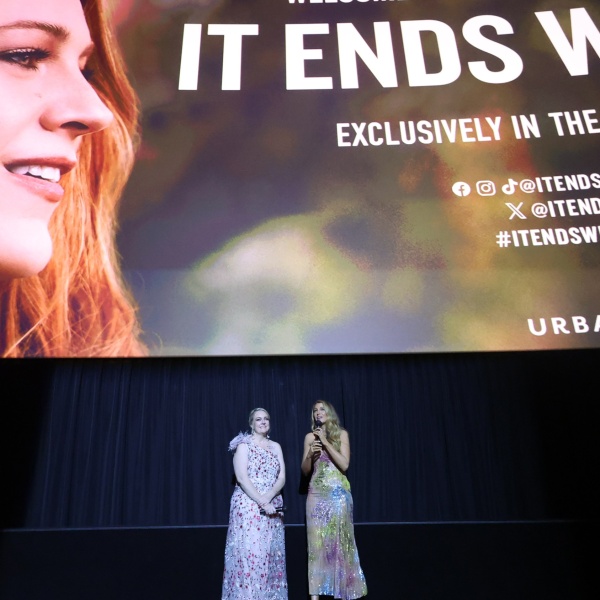The Disney Trio of streaming services is three, three, three times the fun for Disney — even if it’s not exactly three times the revenue for Disney.
Disney’s Trio — Disney+, ESPN+, and Hulu — runs $12.99 per month for the “Basic” plan (with ads) or $19.99 for the ad-free “Premium” plan. The combination provides a clear value to consumers: Trio Basic is a savings of 49 percent vs. subscribing to each service individually; without ads, it’s a 44 percent savings. (Disney is happy to give you a bigger break on subscription price in exchange for the advertising revenue; details on the options are here.)
But where the bundle really pays off for Disney is in a subscriber’s loyalty. The Disney Bundle, a term generally reserved for the Trio (there is also a Duo of ad-supported Hulu and Disney+ for $9.99 that falls under the “Disney Bundle” banner), has the lowest churn (the amount of subscribers who cancel a service) in the entire streaming industry at just 2 percent, according to new Antenna data compiled by the analysts at technology, media, and telecom research firm MoffettNathanson.
That’s better than Netflix’s 3.3 percent; the average industry churn has been steady around 6-7 percent. And 2 percent is twice as good as the standalone Disney+ rate (4 percent). Hulu’s standalone churn rate is 5 percent; the ESPN+ standalone churn is pretty bad, at just a bit north of 7 percent.
Sixty million, or a hair more than half of Disney’s reported 119.8 million total domestic subscribers, come from the Trio, per MoffettNathanson. Not surprisingly, ESPN+ is the one that disproportionately benefits from the bundle: the service has just 5.3 million standalone subscribers, but checks off another 20 million thanks to the Trio.
To Michael Nathanson and his team, there’s one clear conclusion from the data: “The best path forward is one Disney bundle that incorporates all the content from Hulu, Disney+, and ESPN+ in one app,” the Tuesday note, obtained by IndieWire, reads. They called it “a much better opportunity here than meets the eye.”
While a Hulu tile is already (read: finally) on its way to Disney+, the analysts believe “ESPN’s sports content should also be integrated.” Why not? The numbers prove out that ESPN+ is disposable to too many users, but the three services-in-one approach is a keeper. So truly put them in one.
The future of ESPN, the brand, has been debated for a few years now. The linear network is a money-printing factory, but cord-cutting and the struggling advertising market has your single priciest cable channel in flux. Calls for ESPN to go fully streaming as a standalone SVOD/AVOD hybrid service have been met with calls back of “Are you nuts?” Crazy like a fox (not a Fox, which kept its sports business away from the 2019 Disney acquisition — and has mostly kept away from streaming) if part of a broader Disney streamer, Nathanson told IndieWire.

While it does seem like an inevitability that ESPN go entirely over-the-top, one shouldn’t slaughter a cash cow until it nears the end of its natural life. And forget content: these days, cash is king. While Hulu has been considered profitable for a while now, Disney+ is still looking at 2025 to meet that benchmark — hopefully.
How bad is the current media landscape? In the same note as all this optimism, MoffettNathanson reduced its prior DIS target price (but kept its “outperform” rating) by $7 to $120. Disney stock closed Tuesday just south of $90 per share.





